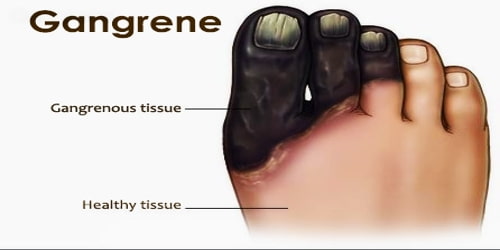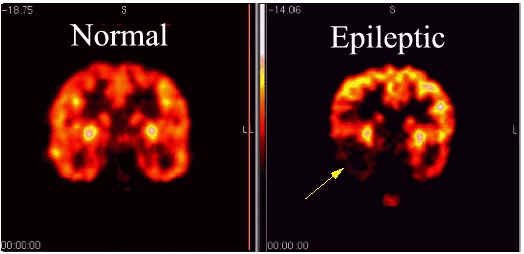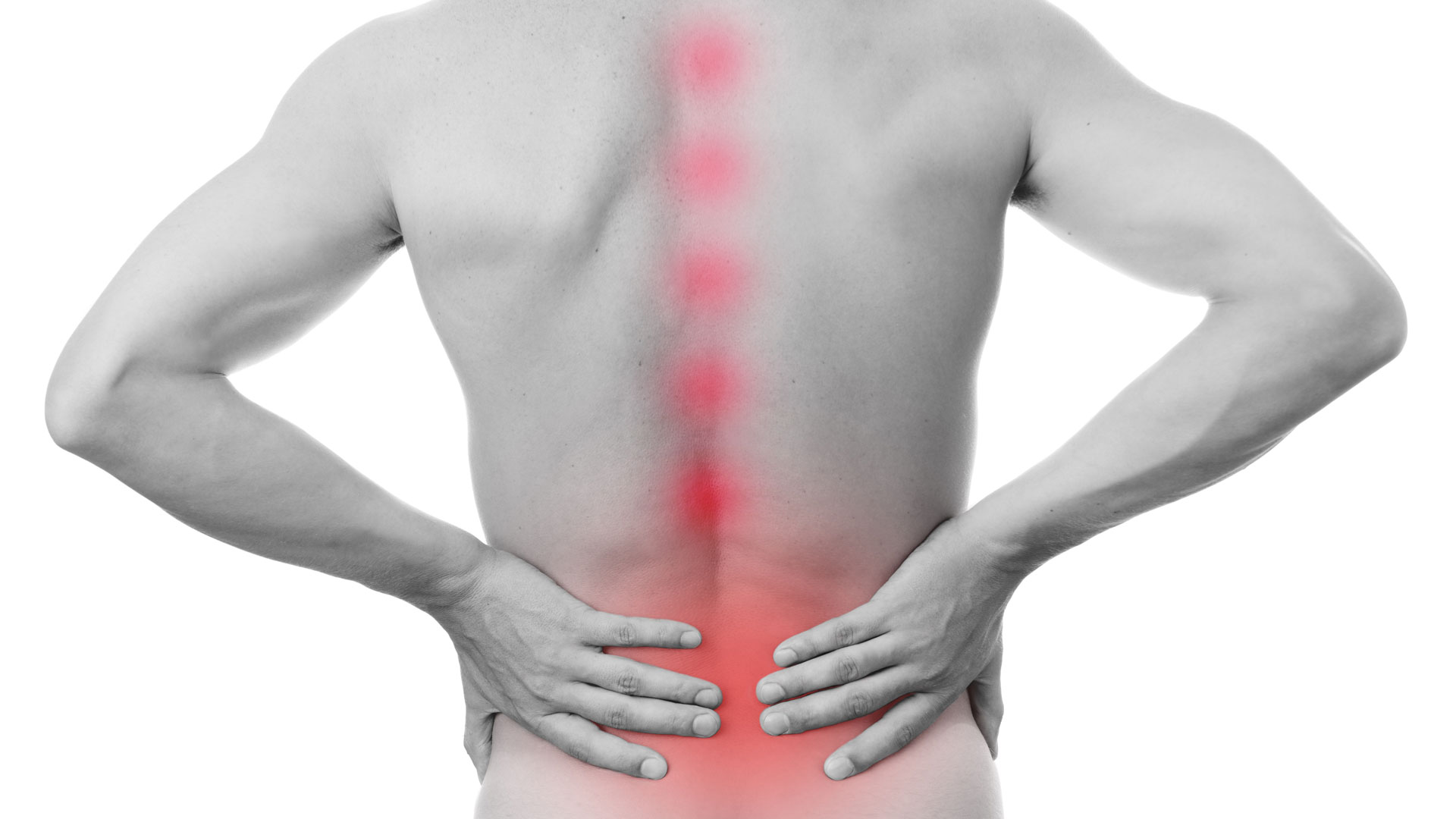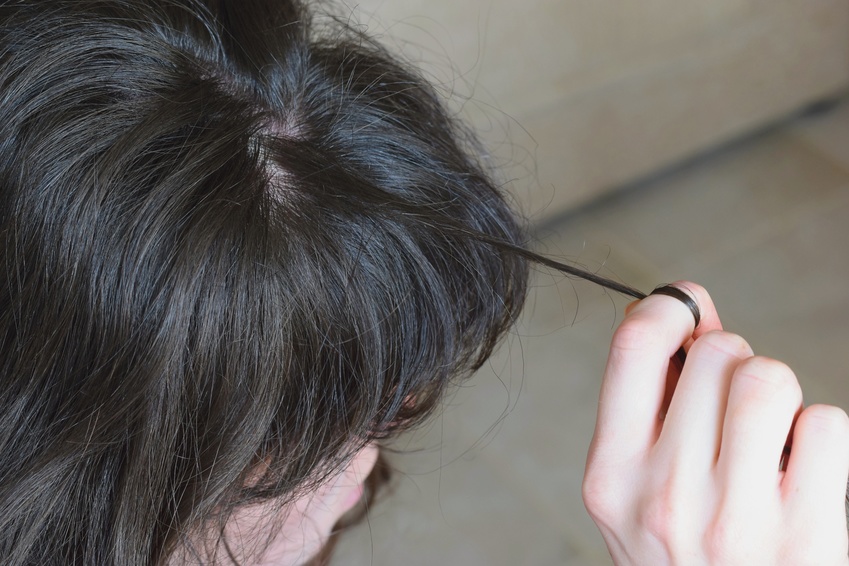Gangrene and its Homoeopathic Medicine
Macroscopic death of tissue with superadded putrefaction. It affects the limbs, intestine, appendix.
Pregangrene
Rest pain, colour changes at rest and at exercise, oedema, hyperaesthesia, skin ulceration due to inadequate blood supply to the limbs.
Clinical Features of gangrene
A part which is gangrenous is a dead portion of the body. It has no arterial pulsation, venous return on capillary filling.
It has no sensation
The colour initially will be pale and later it changes to dusky grey and finally black.
The black colour is due to disintegration of haemoglobin and formation of iron sulphide.
The gangrenous part has to be treated by surgical excision or debridement, which may amputation to either disarticulation of the toe or even an amputation.
The gram positive, gram negative and anaerobic organism multiply in this segment and can produce septicemia. Thus, this may precipitate multi- organ failure.
Signs of gangrene
Loss of pulsation
Loss of colour
Loss of temperature
Loss of sensation
Loss of function
Basically there are two types of dry Gangrene and wet gangrene.
Dry Gangrene
Cause
Slow occlusion of the arteries
Involvement of part
Small area is gangrenous due to presence of collateral.
Local finding
Dry shrivelled and mummified
Line of demarcation
Usually present
Treatment
Conservative amputation
Wet Gangrene
Cause
Sudden occlusion of the arteries
Involvement of part
Large area is affected due to absence of collateral
Local finding
Wet, turgid, swollen, oedematous
Odour
Foul odour due to sulphurated hydrogen produced by putrefactive bacteria.
Infection
Usually present
Treatment
Major amputation is necessary
Homoeopathic Medicine for Gangrene
- Kreosot
- Carbo Veg
- Sulphur
- Arsenicum Album
- Antimonium Crudum
The selection of homoeopathic remedies based on symptom similarities and doses according to the Susceptibility of patient.
Don't take homoeopathic medicine without any prescription / without any advise of physician.







Comments